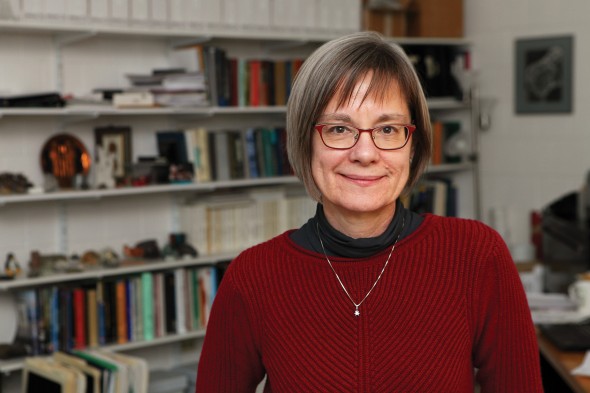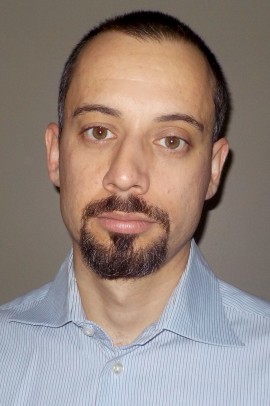Helping chemistry teachers, students tackle heavy metals
UIC has received a nearly $450,000 National Science Foundation grant that will help high school chemistry students and teachers from seven Chicago public schools study and address urban heavy metal contamination in their communities.
The project, called “The Poisoned Onion,” will support educators to teach chemistry within the context of heavy metal contamination in the soil and water of Chicago neighborhoods.
The collaboration includes teachers and science educators from Chicago Public Schools, chemists and environmental scientists from UIC, Northwestern University, Loyola University and members of the Chicago Environmental Justice Network.
“The young people in high school chemistry classes are going to study the problems of toxic metals, including mercury and lead, in soil and water samples taken from communities throughout the city,” said Danny Morales-Doyle, the project’s principal investigator and assistant professor of education. “We are going to come together to figure out how we can actually engage students in these authentic science projects in the community.”
As part of the project, Morales-Doyle and Alejandra Frausto, a chemistry teacher at Sarah E. Goode STEM Academy in the Ashburn neighborhood, plan to hold summer institutes during the three years of its funding life. The institute will bring together high school teachers, scientists, community organizers and several high school students to plan “Youth Participatory Science” projects in high school chemistry classes during the following school year.
The lessons will have students collect soil and water samples and have them analyzed at the partner universities’ labs. The students will then review their data and present findings to the community and their peers at a “Poisoned Onion” conference at UIC. The name refers to the Native American origins of the name Chicago, which pertains to the wild onions that grew in the region.
Project leaders also include co-principal investigator Kathryn Nagy, professor and head of Earth and environmental sciences. Others involved with the project include Shelby Hatch of Northwestern University; Alanah Fitch,of Loyola University Chicago; and Kimberly Wasserman, executive director of the Little Village Environmental Justice Organization.
Their goal is to have between 500 and 600 high school students participate during the three years of the program.
“This project is a great way to introduce environmental earth science to students at the same time that they can become excited about learning chemistry,” Nagy said. “It’s really important for students to see how STEM disciplines relate to their own lives. We hope this project stimulates their interest in pursuing chemistry and/or environmental science in their future careers.”
Another important component of the program is to raise awareness about the health consequences and other negative implications of heavy metal contamination as an issue of environmental racism. While putting the spotlight on some areas of extensive heavy metal contamination that may require remediation, a key segment will be to educate communities on how they can prevent exposure to heavy metals.
The project will position Chicago teachers and students as “Change Makers” who are capable of addressing the crises of inequity in science education and environmental contamination that matter deeply to them, according to the National Science Foundation.
Most recently issues of urban contamination have become a concern after the crisis in Flint, Michigan, showed lead contamination in the city’s water supply.
“Urban residents often are not aware that their homes are built on or near an industrial site where metals were released to the local environment,” Nagy said.
Categories
Topics
chemistry, education, heavy metal, heavy metal contamination, high school, NSF, STEM


